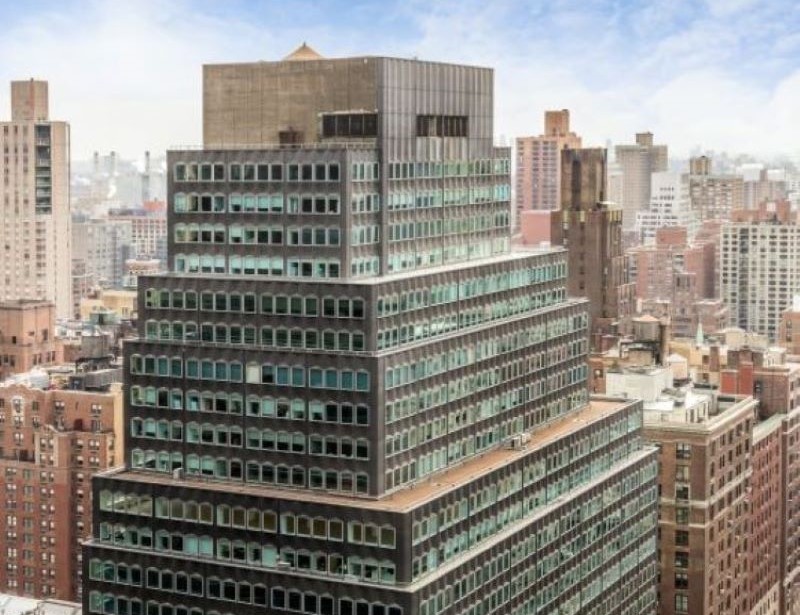Demand for U.S. Logistics RE Faces Lack of Available Top-Tier Industrial Space
By Alice Chung, Analyst, CRE Finance, Moodys: Industrial market fundamentals in the U.S. are in solid recovery mode, driven by an improving housing market and continued growth in e-commerce sales.
By Alice Chung, Analyst, CRE Finance, Moodys
Industrial market fundamentals in the U.S. are in solid recovery mode, driven by an improving housing market and continued growth in e-commerce sales. After a period of caution and low growth in the sector, fundamentals are on the upswing, as evidenced by record levels of net absorption, improving rent spreads, and the lowest vacancy rates since 2008. The appetite remains especially strong for state-of-the-art Class A distribution space.
Industrial real estate investment trusts (REITs) are poised to benefit from the broad recovery in fundamentals. Since the steep occupancy declines following the credit crisis, industrial REIT occupancy rates have improved to the 93 percent-95 percent range. U.S. overall industrial vacancy rates declined from the 2010 peak of 14 percent to 7.4 percent as of the end of the first quarter. The vacancy rate in Southern California, and more specifically the Inland Empire market, is below 5 percent, and most major logistic hubs are approaching a similar level.
Bolstered occupancy levels are pushing rental rates higher, too. Average asking rents are accelerating in most major markets. According to data from Cushman & Wakefield, Houston is leading the way, with a 10 percent year-over-year rent increase. We expect the rise in rental rates to continue in 2014 as long as the overall economy continues its steady improvement.
Given the positive landscape for the key industrial markets, construction activity is at the forefront again. Well-capitalized industrial REITs with deep expertise as developers are ramping up their development pipelines to take advantage of the shortage in quality big-box logistic space (more than 400,000 square feet). Markets where construction levels have spiked include Dallas and Chicago, where inventory is tight. Some of the projects in the pipeline are build-to-suit, but more than half are speculative.
Even so, the supply we expect will come on line in the near term will be tempered relative to pre-recession levels. We still think absorption will outpace completions over the next two to three years, and tight vacancy conditions are likely to keep demand for industrial space strong.








You must be logged in to post a comment.